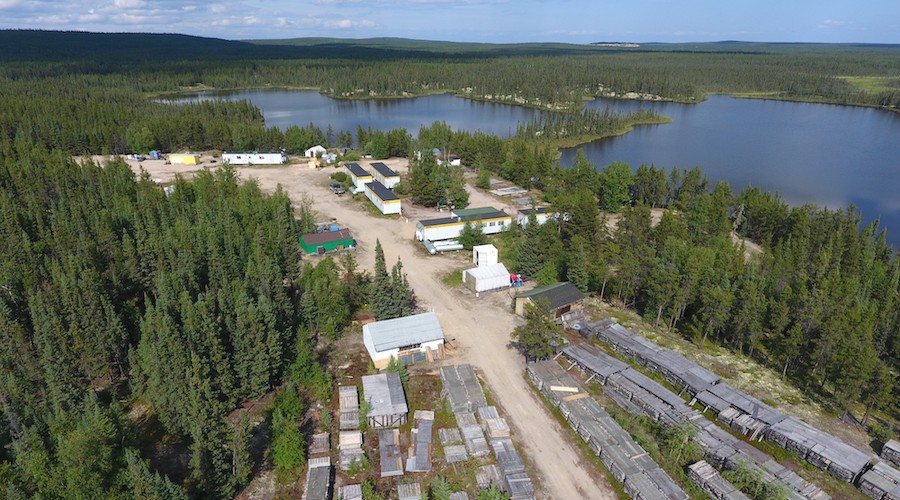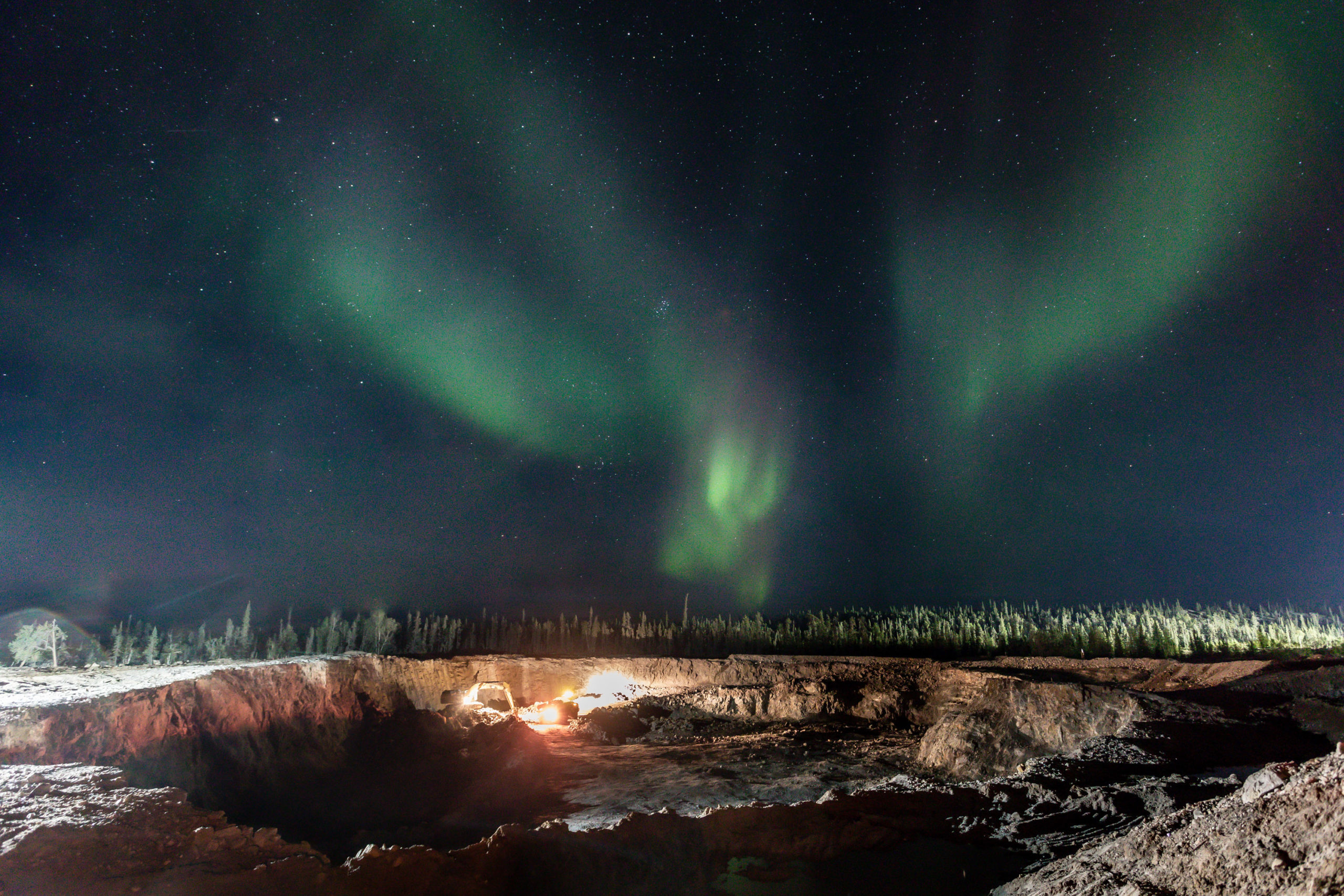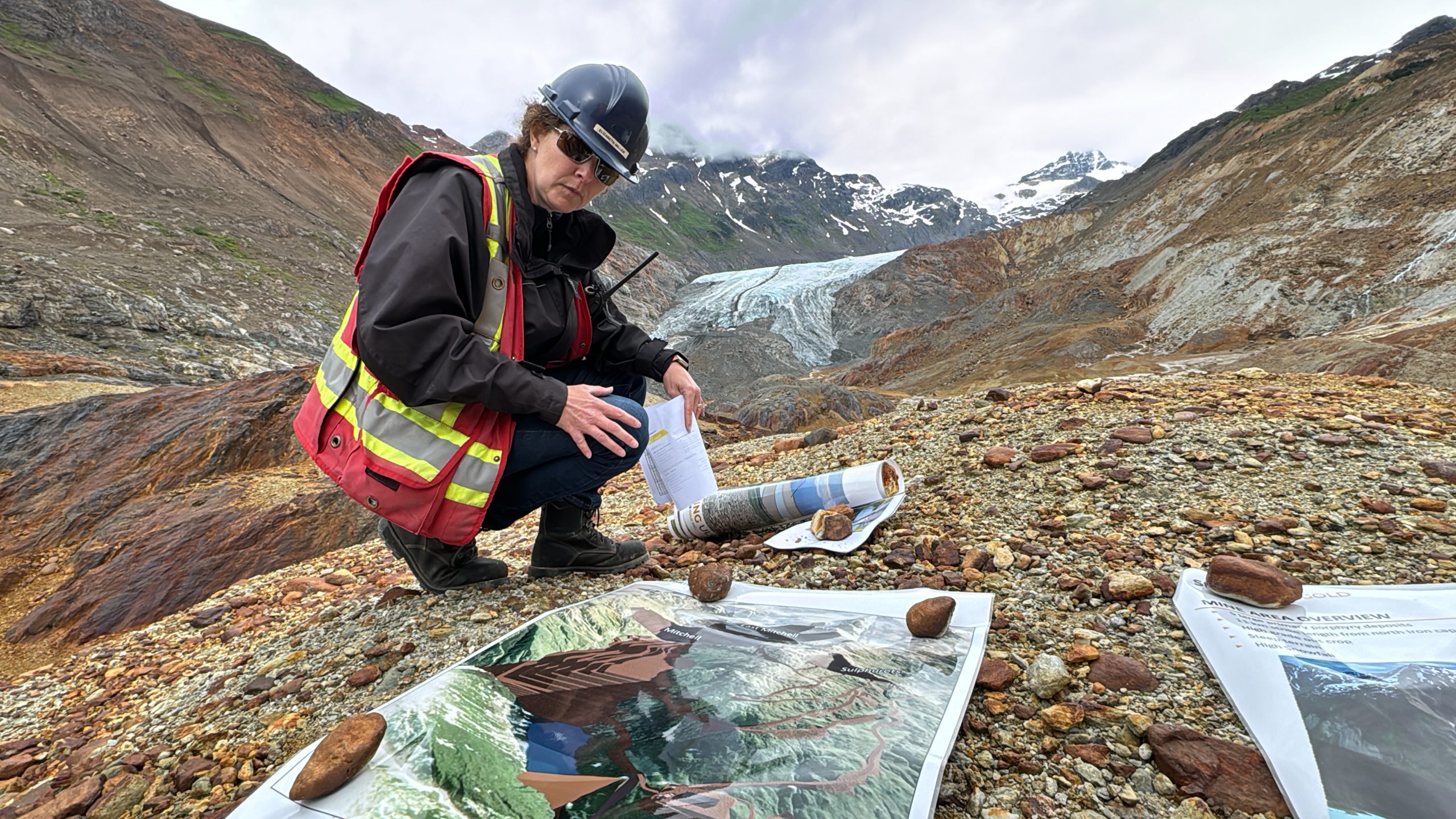Even Red Moon’s home province, Newfoundland and Labrador, imports from neighbouring Quebec the 300,000 tonnes of road salt it uses every year.
“In terms of the security of supply, keep in mind that no new underground salt mines have been built in the last 20 years in Canada and the US, due in part to the fact there are very few ideal locations. Some of the current mines are running into aging issues, and shipping costs from overseas have jumped considerably just in recent months,” Red Moon’s president, Rowland Howe, told MINING.COM.
According to Howe, these local supply shortages combined with the fact that efficient salt mines are known to be dynamic long-term generators of free cash flow, is what drew Red Moon to the Great Atlantic south deposit.
Located near the Turf Point Port in western Newfoundland, the deposit was initially discovered through oil and gas exploration. It is considered one of North America’s largest shallow salt deposits and it is immediately adjacent to the Flat Bay gypsum deposit, whose mines produced a reported 15 million tonnes from the 1950s until production ceased in 1990.
Great Atlantic hosts approximately 1.4 billion tonnes grading 95.6% NaCl, while resource modelling based on previous drilling indicates continuity of the salt resource with average thickness of 200 metres to 250 metres.
“The significance of this salt deposit – the tonnage (>1 billion tonnes), the relative shallowness of it, the high grades (>95%), and its strategic location next to important infrastructure including a deep water port, was quickly understood,” Howe said. “Red Moon is the only company with a major undeveloped salt deposit.”
Environmentally friendly
According to Howe, the goal is to build an environmentally friendly, low-cost operation and the first new salt “factory” in Atlantic Canada in 60 years. The plan is to employ simple physical processing – mine, crush, screen, and load.
The project has a bankable feasibility study that includes near-term additional drilling which will determine whether the most effective mining method would be ramp/decline or shaft. A complete feasibility study is currently being carried out by SLR Consulting (Canada).
“Salt has many uses in today’s society as well as being one of life’s essential minerals,” the executive said. “The most promising immediate market for salt produced from the Great Atlantic deposit is for road de-icing, but longer-term secondary uses – the chemical industry, for example, requires high-grade salt – would likely emerge.”
Howe, who joined Red Moon earlier this year after a decade running Compass Minerals’ Goderich salt mine in southern Ontario, said the development of Great Atlantic not only offers the possibility of supplying the local market, it would also help reduce overseas imports and, thus, aid the effort to cut global carbon emissions.




